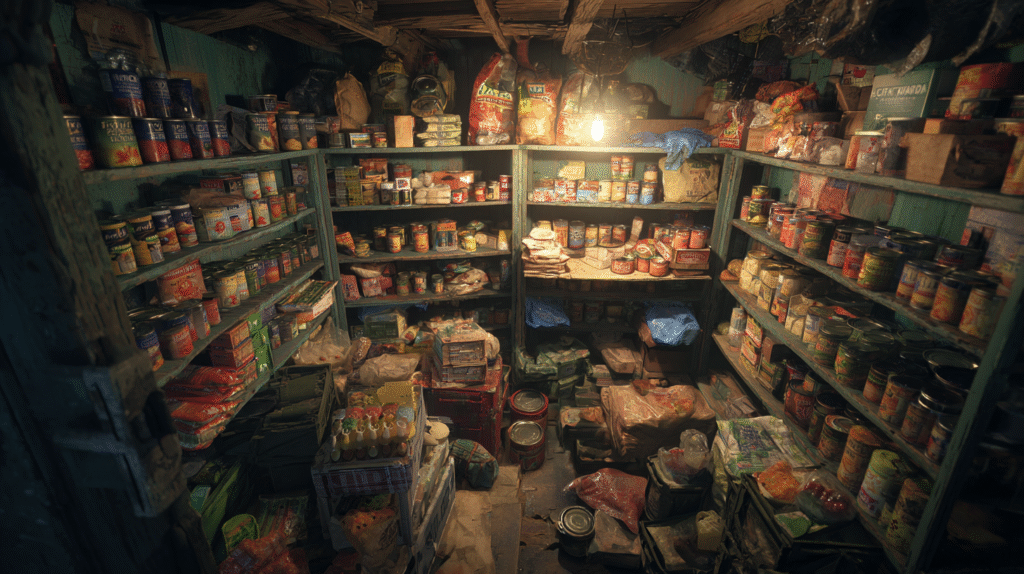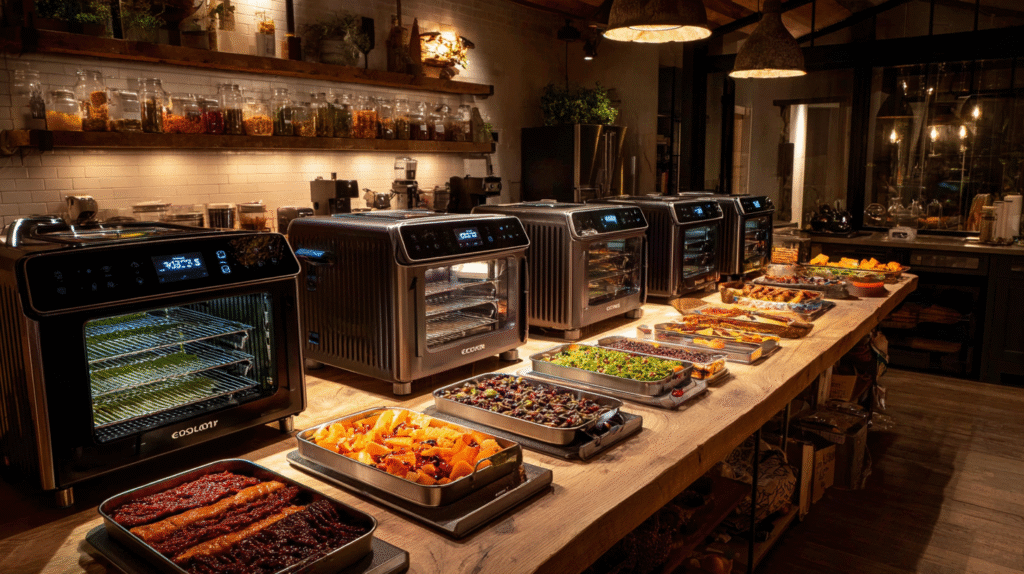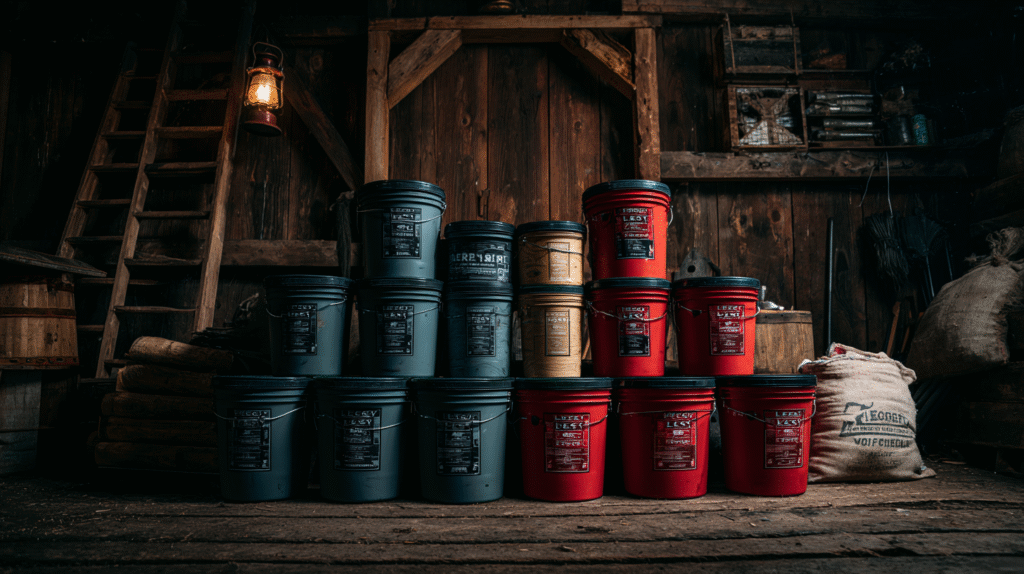Introduction
When it comes to prepping, food storage is one of the most critical aspects to get right. Many preppers make common mistakes that can lead to spoilage, waste, and ultimately, a lack of food when it’s needed the most. Understanding these pitfalls is essential for anyone serious about preparedness. Let’s dive into some of the top food storage mistakes and how to avoid them!
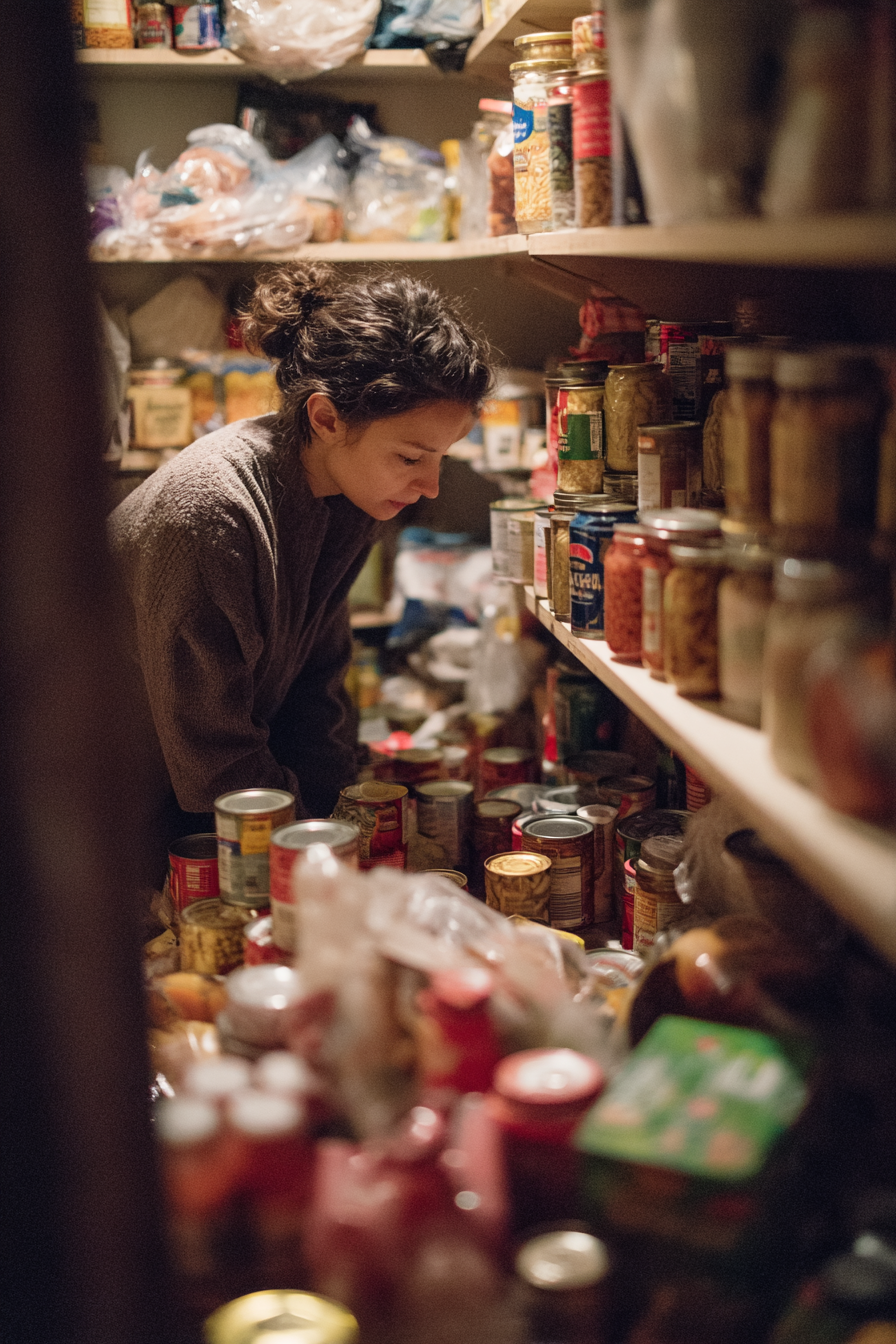
1. Ignoring Expiration Dates
One of the biggest mistakes preppers make is overlooking expiration dates. Just because food is stored doesn’t mean it will last forever. It’s important to regularly check and rotate your stock. A clear understanding of survival food shelf life helps you know exactly how long different foods will last.
- Mylar Bags: Consider using Mylar bags for long-term storage. These bags can keep your food fresh for years by blocking light and moisture.
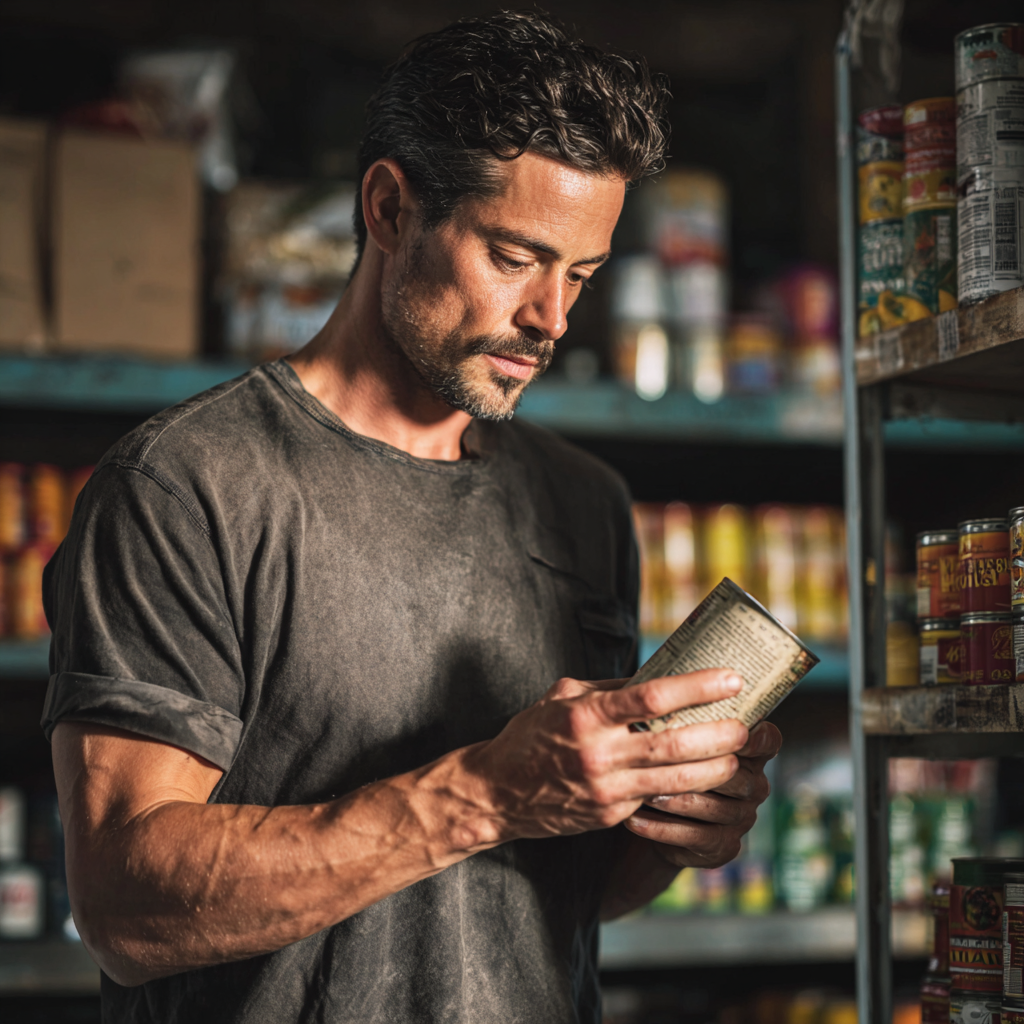
How to Rotate Your Stock
Implement a first-in, first-out (FIFO) system. When you purchase new supplies, place them behind older items. Regularly check your food and consume items before they expire.
2. Poor Packaging Choices
Using the wrong packaging can lead to spoilage. Not all containers are suitable for long-term food storage. Choosing the best food storage containers will keep air, light, and pests from compromising your supplies.
- Food Saver Vacuum Sealer: A Food Saver Vacuum Sealeris an excellent investment. It removes air from storage bags, extending the shelf life of your food significantly.
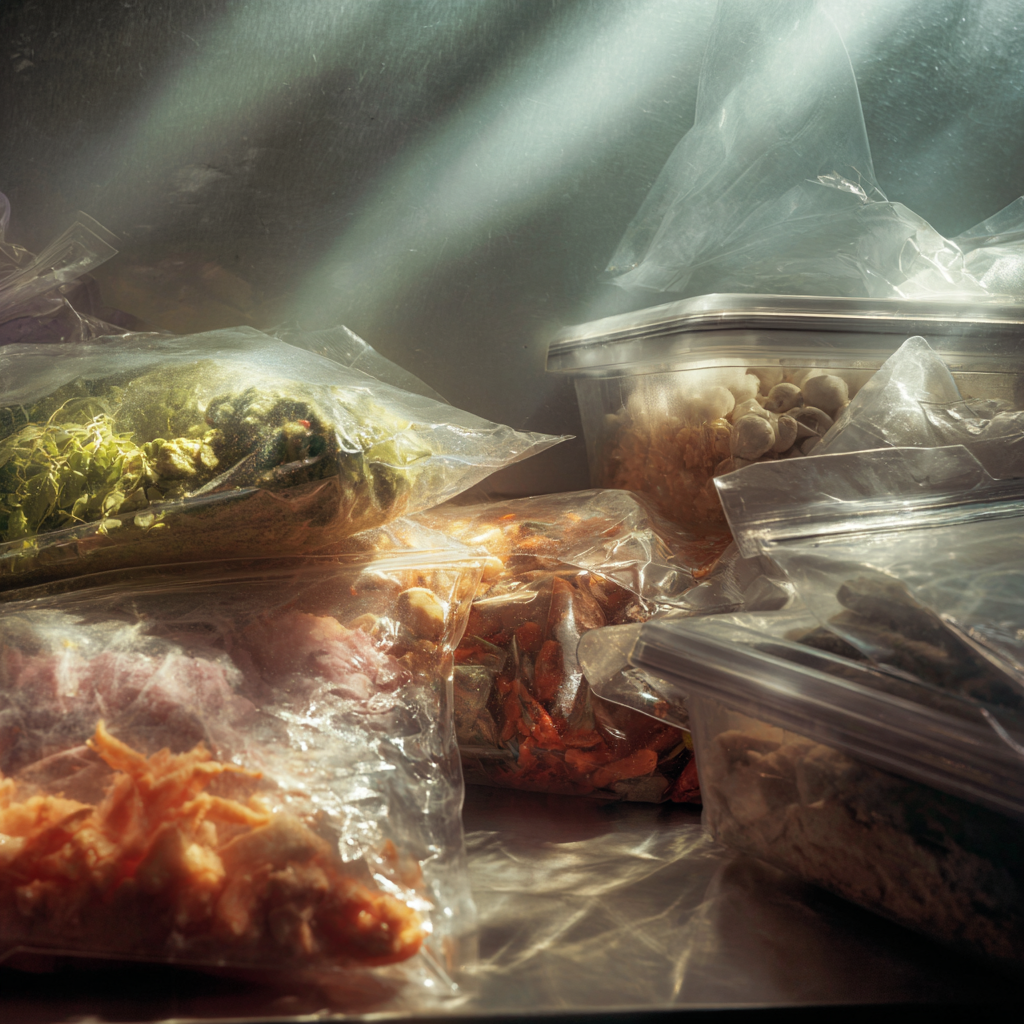
Choosing the Right Containers
Use airtight containers made of glass or BPA-free plastic. Avoid using cardboard boxes or plastic bags that can allow air and moisture in.
3. Not Considering Temperature
Temperature plays a crucial role in food preservation. Storing food in places that are too hot or too cold can shorten its shelf life.
- Coolers and Ice Packs: During power outages or emergencies, coolers with ice packs can help keep perishables from spoiling.
Best Storage Locations
Store food in a cool, dark, and dry place. Basements or pantries that maintain stable temperatures are ideal.
4. Failing to Plan for Variety
Many preppers focus too much on staples like rice and beans, neglecting to include a variety of nutrients in their food storage. This can lead to deficiencies over time. Staples are great, but knowing how to store rice and beans long term ensures they remain edible for decades. For reliable options, explore the best survival food kits that provide balanced nutrition and long shelf life.
- Emergency Food Supply Kits: Consider investing inemergency food supply kits that provide a balanced diet with proteins, carbohydrates, and fats.
Diverse Food Options
Incorporate canned goods, freeze-dried vegetables, and fruits. Aim for a balanced food supply that includes all food groups.
5. Overlooking Water Storage
Food storage isn’t just about the food; water is equally important. Many preppers fail to store enough clean drinking water.
- Water Storage Containers: Use water storage containers to ensure you have enough water on hand. These are designed to keep water fresh for long periods.
How Much Water to Store
Plan on storing at least one gallon of water per person per day for at least three days. Don’t forget to account for pets!
6. Not Educating Yourself on Food Preservation
Many preppers store food without understanding the best methods of preservation. This can lead to spoiled food and wasted resources.
- Food Preservation Books: Consider reading food preservation books to learn techniques like canning, dehydrating, and fermenting.
Learning Resources
Take classes or online courses on food preservation. Knowledge is key to ensuring your food storage is effective.
Conclusion
Avoiding these common food storage mistakes will help ensure that your food supply remains safe and usable when you need it most. Regularly check your stocks, use the right packaging, and plan for variety and hydration. Take action today to improve your food storage practices!
Avoiding these errors will keep your long-term food storage reliable.
Ready to enhance your food storage strategy? Start by investing in the recommended products and educate yourself further on effective food preservation methods!

